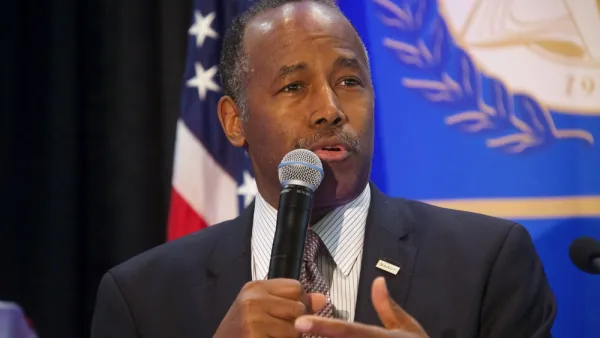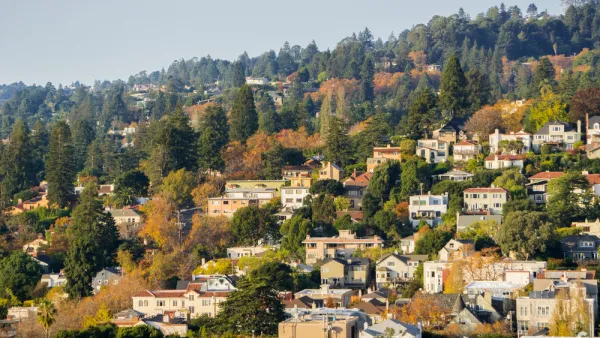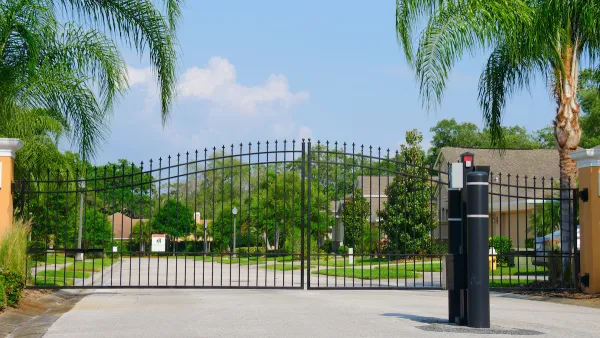The Trump administration’s talk about protecting the suburbs is based on misrepresentations of who really lives in suburbs and what these communities need.

"Given the scale of American suburbia, talking about 'the suburbs' writ large invariably papers over the differences that exist across this spectrum of communities, which range in population (from fewer than 100 residents to hundreds of thousands), location (from streetcar suburbs to exurbs), and built environment (from strip malls and subdivisions to dense, walkable downtowns)," writes Elizabeth Kneebone.
In addition, suburbs are diverse in terms of income, race, and ethnicity, but this does not mean all suburbs are equal. Exclusionary zoning and land use regulations have resulted in significant inequities. “These practices have allowed certain jurisdictions and neighborhoods to hoard wealth and opportunity, fueling racial and economic segregation and creating disparities not only between suburbs and cities but also within suburbia as well,” Kneebone.
In addition, the kind of suburbs touted by President Trump and Ben Carson—filled with single-family homes and with high average household incomes and low poverty rates—make up just one-fifth of suburban neighborhoods.
"Trump and Carson denigrate 'urban cities' by writing that they often struggle to 'provide for their citizens’ basic needs in housing, public safety and education'—but that is also the reality for many small, resource-strapped suburbs scattered across the fragmented patchwork of suburban America," says Kneebone.
They should instead, she argues, focus on policies and programs that will help people living in suburbs. Rent relief, tenant protections, and federal aid to states and cities are what is needed to bolster the suburbs that Trump and Carson allegedly want to save.
FULL STORY: Trump is clinging to an outdated vision of America’s suburbs

National Parks Layoffs Will Cause Communities to Lose Billions
Thousands of essential park workers were laid off this week, just before the busy spring break season.

Retro-silient?: America’s First “Eco-burb,” The Woodlands Turns 50
A master-planned community north of Houston offers lessons on green infrastructure and resilient design, but falls short of its founder’s lofty affordability and walkability goals.

Delivering for America Plan Will Downgrade Mail Service in at Least 49.5 Percent of Zip Codes
Republican and Democrat lawmakers criticize the plan for its disproportionate negative impact on rural communities.

Test News Post 1
This is a summary

Test News Headline 46
Test for the image on the front page.

Balancing Bombs and Butterflies: How the National Guard Protects a Rare Species
The National Guard at Fort Indiantown Gap uses GIS technology and land management strategies to balance military training with conservation efforts, ensuring the survival of the rare eastern regal fritillary butterfly.
Urban Design for Planners 1: Software Tools
This six-course series explores essential urban design concepts using open source software and equips planners with the tools they need to participate fully in the urban design process.
Planning for Universal Design
Learn the tools for implementing Universal Design in planning regulations.
EMC Planning Group, Inc.
Planetizen
Planetizen
Mpact (formerly Rail~Volution)
Great Falls Development Authority, Inc.
HUDs Office of Policy Development and Research
NYU Wagner Graduate School of Public Service





























